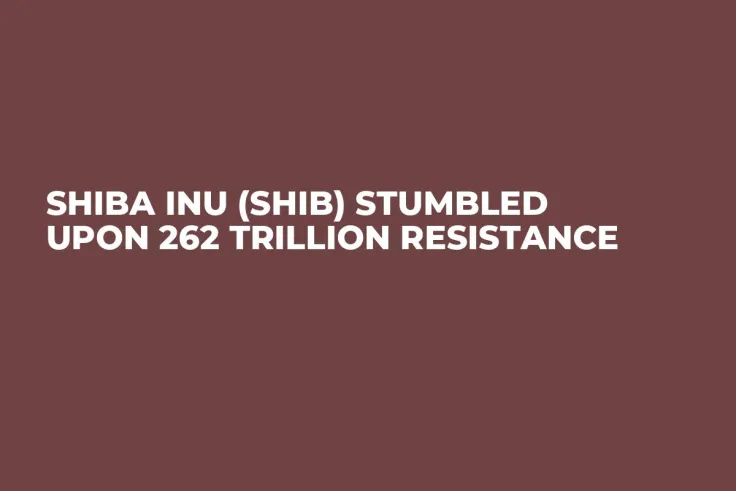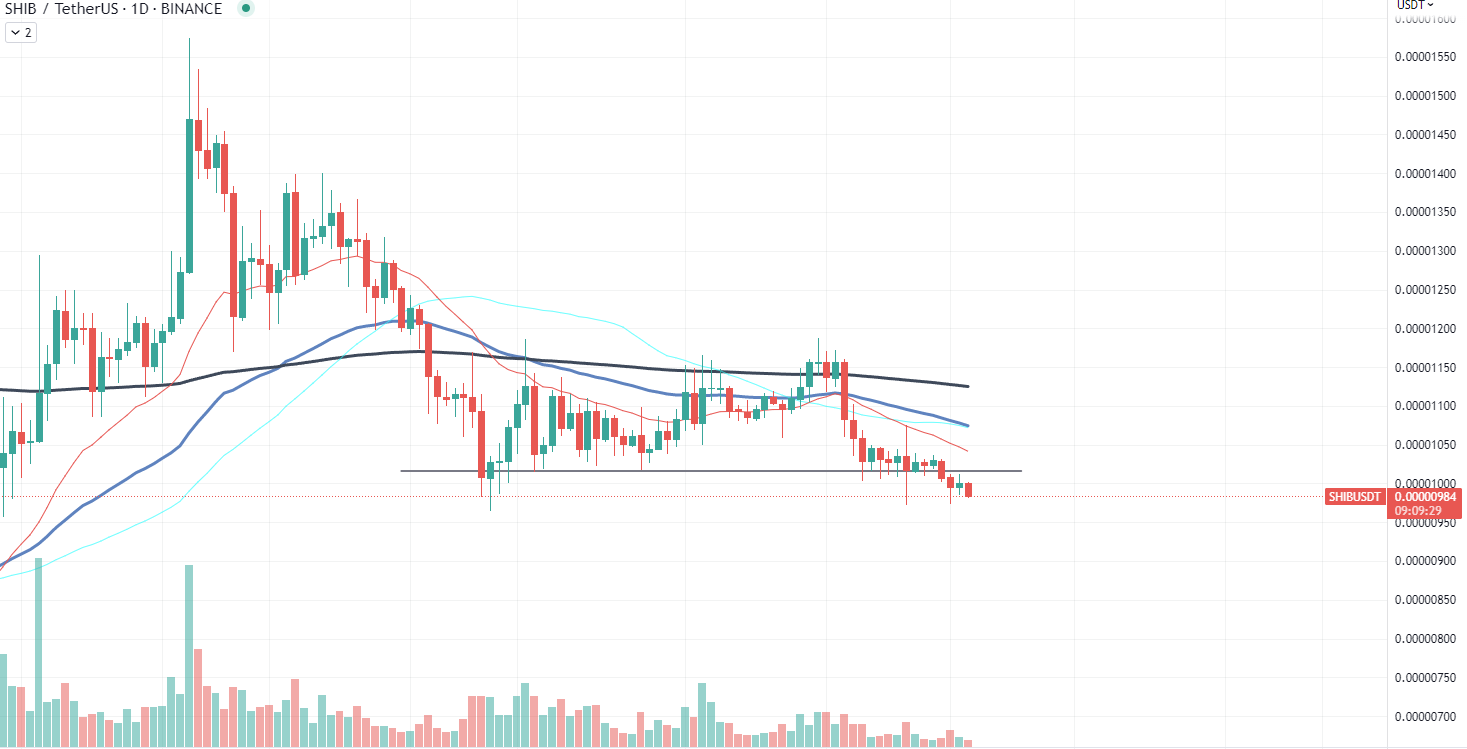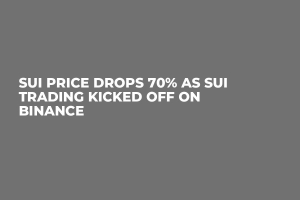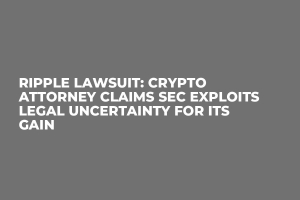
Disclaimer: The opinions expressed by our writers are their own and do not represent the views of U.Today. The financial and market information provided on U.Today is intended for informational purposes only. U.Today is not liable for any financial losses incurred while trading cryptocurrencies. Conduct your own research by contacting financial experts before making any investment decisions. We believe that all content is accurate as of the date of publication, but certain offers mentioned may no longer be available.
Shiba Inu (SHIB), a popular meme cryptocurrency, recently hit a significant resistance level that is preventing the token's price from rising further. Approximately 260 trillion tokens are distributed in the price range of $0.00001 to $0.000014, making it difficult for the asset to break through this barrier without substantial inflows.
Interestingly, a key group of investors that could potentially drive the token's price upward — small retail investors with high risk tolerance — are currently not considering Shiba Inu as a meme token and are instead focusing on smaller cap altcoins.

This lack of interest from retail investors may be a consequence of Shiba Inu's increased popularity and market capitalization. As the token has grown in value and gained mainstream attention, it may no longer be considered a niche or high-risk investment by these risk-seeking investors. Instead, they may be searching for lesser-known altcoins with the potential for explosive growth, in the hopes of discovering the next big thing in the cryptocurrency market.
The current resistance level faced by Shiba Inu highlights the challenges that meme tokens can encounter as they attempt to establish themselves in a highly competitive cryptocurrency market. Without the support of smaller investors and other risk-seeking investors, it may be difficult for Shiba Inu to break through its current price barrier and achieve further growth.
SUI on the rise
The SUI IOU, a digital representation of the anticipated SUI token, has recently plummeted by 70%. Such an unexpected price drop reflects the market's expectations for the soon-to-be-launched SUI token, the native token of the Layer 1 blockchain Sui network.
Sui network, the creator of the SUI token, previously announced a community access program with a total of 594 million tokens up for grabs. The program offers various pricing tiers for general sales and whitelist sales, with general sales priced at $0.1 per token and discounted prices for Sui Champions and Supporters at $0.03 per token.
The 20% growth of the SUI IOU suggests a high level of anticipation and interest surrounding the token's launch. This could be attributed to several factors, including the project's development team, which consists of former Meta Platforms (META) employees who utilized the Move programming language to create Sui's blockchain. Move is also the language behind the Aptos blockchain, adding credibility to the project.
XRP's growing revenue
XRP has recently seen its transaction fees steadily increasing as the network's traction on the market grows. Despite its price performance remaining relatively stagnant, this uptick in fees could prove beneficial for the XRP ecosystem.
One of the primary advantages of increasing fees is the additional revenue generated for the network. This revenue can be used to support the development and maintenance of the XRP ecosystem, ensuring its long-term sustainability. Higher fees can also deter spam transactions, thereby maintaining network efficiency and reducing congestion.
However, it is essential to note that XRP's price performance has not mirrored the growth in transaction fees. The asset's price recently dropped below the 50-day moving average and is now moving toward the 200-day EMA support level. Additionally, the trading volume for XRP continues to decline, which could indicate a lack of interest from traders and investors.
This divergence between rising fees and price performance could be attributed to various factors. One possible explanation is that the increased fees are a result of the growing adoption of XRP for cross-border payments and remittances.


 Dan Burgin
Dan Burgin Vladislav Sopov
Vladislav Sopov U.Today Editorial Team
U.Today Editorial Team